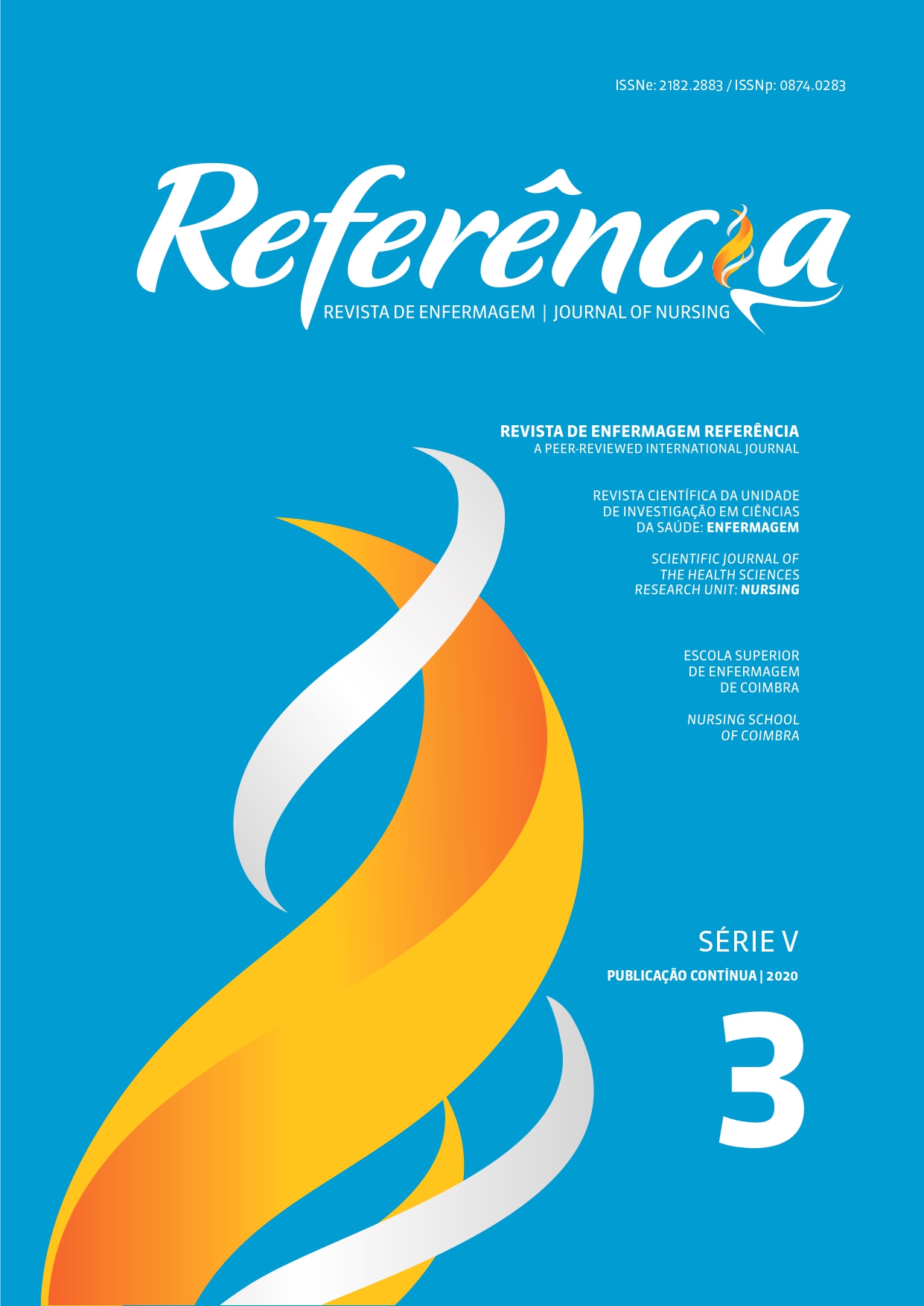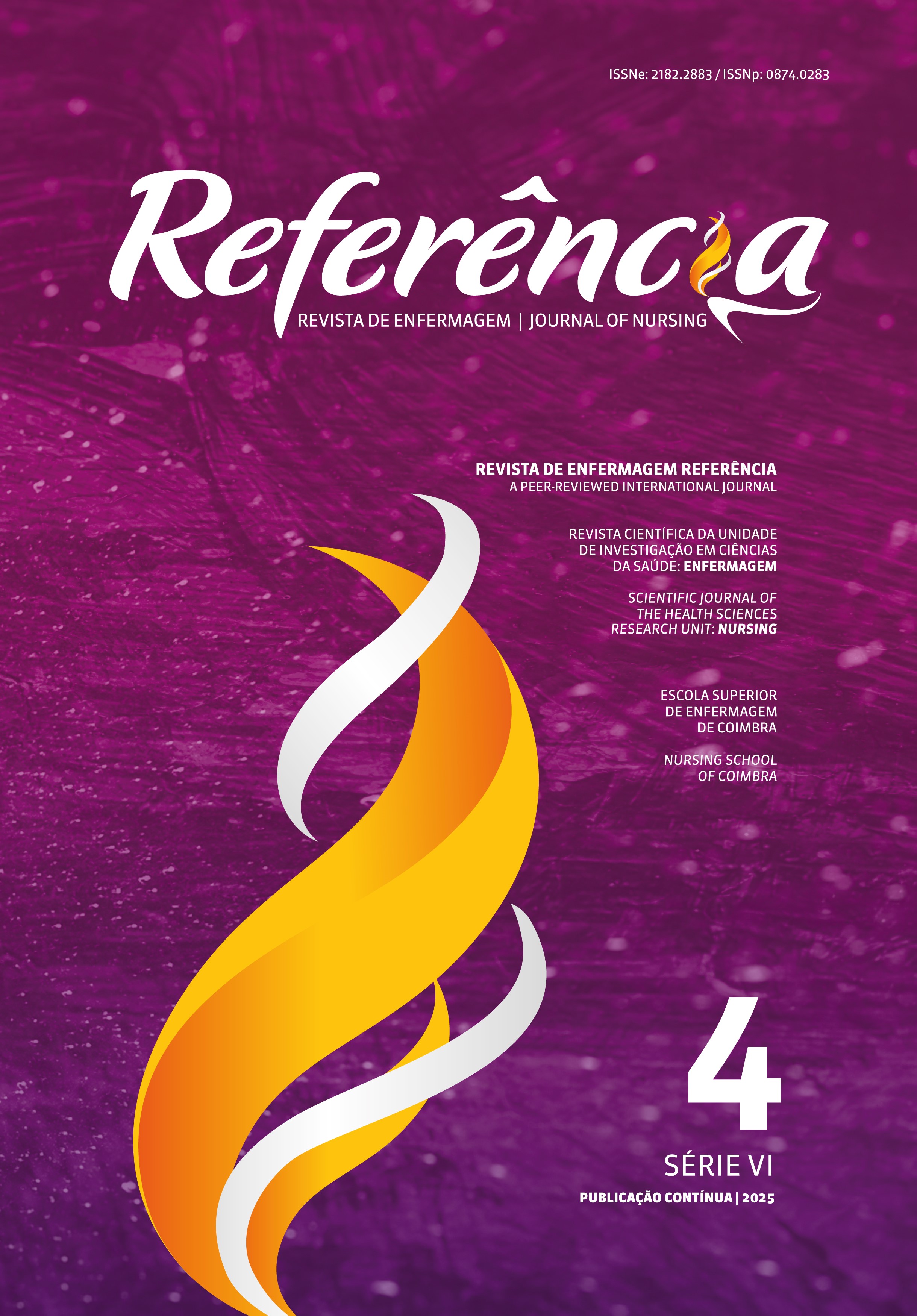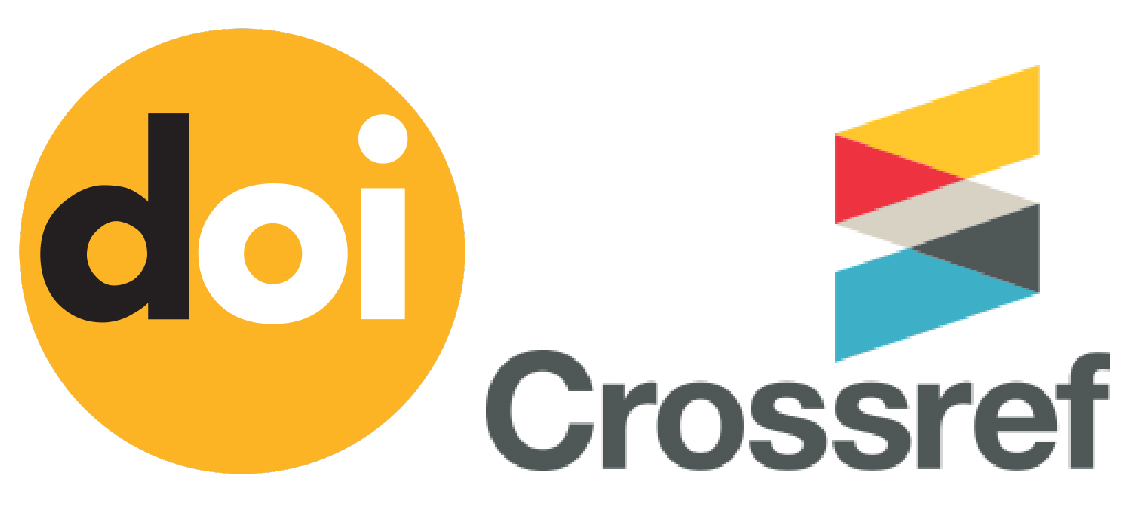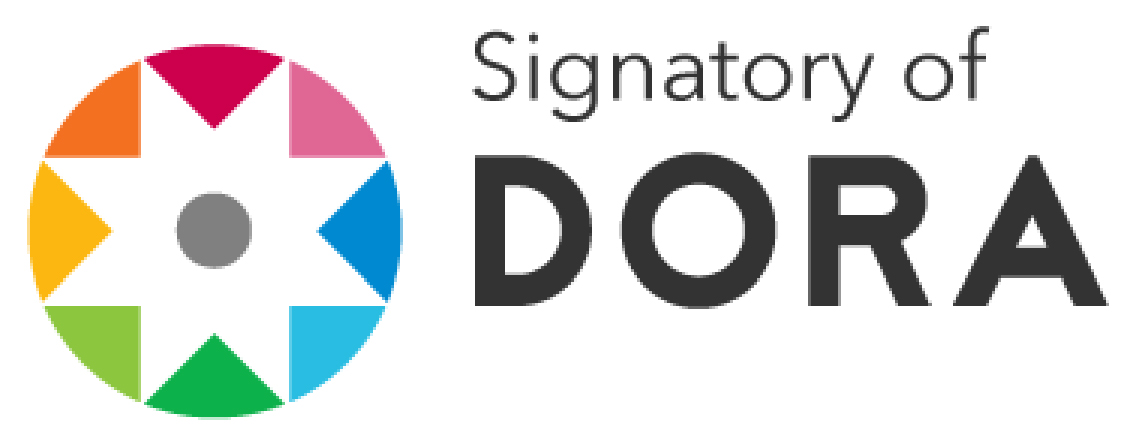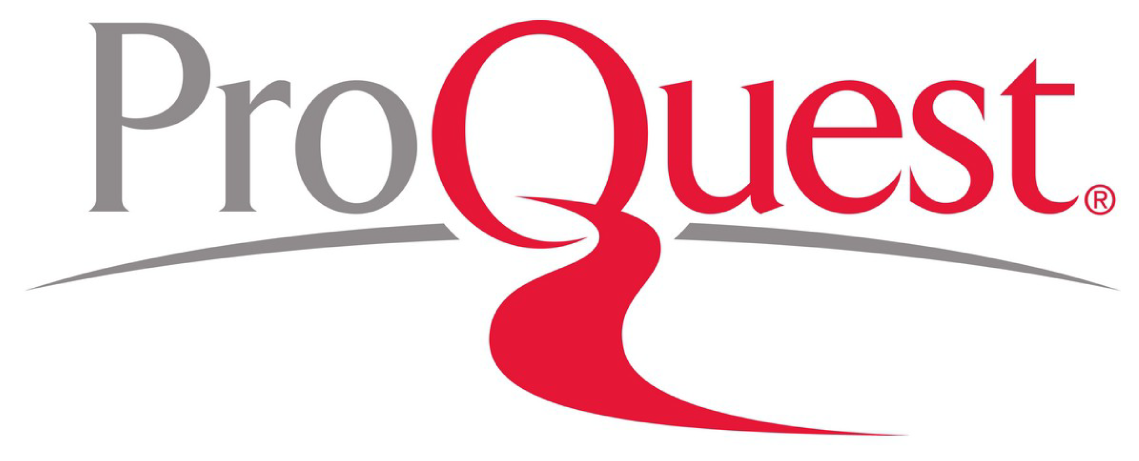Adolescents’ experiences of psychoactive substances and their interface with gender, politics, and the media
DOI:
https://doi.org/10.12707/RV20035Keywords:
adolescent behavior, illicit drugs, public policy, social behavior, economics, gender identityAbstract
Background: Psychoactive substance use among adolescents can result in harm linked to sociocultural conditions.
Objective: To understand adolescents’ experiences of the sociocultural determinants of psychoactive substance use.
Methodology: Mixed-methods study conducted with adolescents from Divinópolis, Minas Gerais. In the quantitative axis (n = 303), the modules on the use of alcohol and illicit drugs from the National School Health Survey were applied. The qualitative axis (n = 18) was predominant and followed the quantitative axis. A descriptive analysis of the associated factors was performed for the quantitative variables. In the qualitative axis, the participants’ narratives were analyzed based on social determination.
Results: Adolescents who drink alcohol intend to continue working and studying after finishing school and to have friends who also drink alcohol. As for gender, consumption among women is not socially accepted. Public policies and the media do not reach adolescents when it comes to psychoactive substances.
Conclusion: Adolescents reproduced the discourse of their social group, demonstrating the ethical and moral precepts of their community.
Downloads
References
Abeldaño, R. A., Fernández, A. R., Ventura, C. P. , & Estario, J. C. (2013) Psychoactive substance use in two regions of Argentina and its relationship to poverty. Cadernos de Saúde Pública, 29(5), 899-908. doi:10.1590/S0102-311X2013000500007
Alencar, T. O., Nascimento, M. A., & Alencar, B. R. (2012). Hermenêutica dialética: Uma experiência enquanto método de análise na pesquisa sobre o acesso do usuário a assistência farmacêutica. Revista Brasileira em Promocão da Saúde, 25(2), 243-250. doi:10.5020/18061230.2012.p243
Almeida, M. R., & Gomes, R. M. (2014). Medicalização social e educação: Contribuições da teoria da determinação social do processo saúde-doença. Nuances: Estudos sobre Educação, 25(1),155-175. doi:10.14572/nuances.v25i1.2728
Bauman, Z. (2006). Vidas desperdiçadas. Rio de Janeiro, Brasil: Jorge Zahar. Breilh, J. (2006). Episteme e práxis social: Como se transformam, avançam ou retrocedem os conceitos cientificos. In J. Breilh (Ed.), Epidemiologia crítica: Ciência emancipadora e interculturalidade (pp. 99-111). Rio de Janeiro, Brasil: Fiocruz.
Creswell, J. W., & Clark, V. L. (2013). Pesquisa de métodos mistos (2ª ed.). Porto Alegre, Brasil: Penso.
Faria-Filho, E. A. (2014). Profile of alcohol and drug use in adolescent pupils in a Brazilian state capital. SMAD: Revista Eletrônica Saúde Mental Álcool Drogas, 10(2), 78-84. doi:10.11606/issn.1806-6976.v10i2p78-84
Hnilicová, H., Nome. S., Dobiásová, K., Zvolský, M., Henriksen. R., & Tulupova, E. (2017). Comparison of alcohol consumption and alcohol policies in the Czech Republic and Norway. Central European Journal Public Health, 25(2), 145-151. doi:10.21101/cejph.a4918
Huang, G. C., Soto, D., Fujimoto, K., & Valente, T. (2014). The interplay of friendship networks and social networking sites: Longitudinal analysis of selection and influence effects on adolescent smoking and alcohol use. American Journal Public Health, 104(8), 51-59. doi:10.2105/AJPH.2014.302038
Instituto Brasileiro de Geografia e Estatistica. (2016). Pesquisa nacional de saúde do escolar. Recuperado de http://www.mds.gov.br/webarquivos/arquivo/seguranca_alimentar/caisan/pesquisa_pense.pdf
Jones, S. C. (2016). Parental provision of alcohol: A TPB-framed review of the literature. Health Promotional International, 31(3), 562–571. doi:10.1093/heapro/dav028
Jorge, K. O., Ferreira, R. C., Ferreira, E. P, Vale, M. P., Kawachi, I., & Zorzar, P. M. (2017). Binge drinking and associated factors among adolescents in a city in southeastern Brazil: A longitudinal study. Cadernos de Saúde pública, 33(2), e00183115. doi:10.1590/0102-311x00183115
Liu, Y., Lintonen, T., Tynjala, J., Villberg, J., Valimaa, R., Ojala, K., & Kannas, L. (2018). Socioeconomic differences in the use of alcohol and drunkenness in adolescents: Trends in the health behavior in school-aged children study in Finland 1990–2014. Scandinavian Journal of Public Health, 46(1), 102-111. doi:10.1177/1403494816684118
Lu, S., Zhang, Q., Hu, X., Chen, S., Wang, Z., & Lu, L. (2016). Alcoholic beverage preferences and associated drinking patterns by socioeconomic status among high-school drinkers in three metropolises of China. Asia Pacific Journal of Clinical Nutrition, 25(1),184-194. doi:10.6133/apjcn.2016.25.1.20
Machado, L. V., & Boarini, M. L. (2013). Drug policies in Brazil: The harm reduction strategy. Psicologia: Ciência e Profissão, 33(3), 580-595. doi:10.1590/S1414-98932013000300006
Saunders, B., Sím, J., Kingstone, T., Baker, S., Waterfield, J., ... Bartlam, B. (2018). Saturation in qualitative research: Exploring its conceptualization and operationalization. Quality & Quantity, 52(4), 1893- 907. doi:10.1007/s11135-017-0574-8
Souza, A. S., & Silva, C. P. (2006) The consumption in the life of teenagers of different socioeconomic classes: A reflection for the markenting in Brazil. Cadernos EBAPE: BR, 4(1), 1-18. doi:10.1590/S1679-39512006000100005
Suárez-Relinque, C., Arroyo, G. D., Ferrer, B. M., & Ochoa, G. M. (2017). Spanish adolescents’ low perception of risk in alcohol consumption. Cadernos de Saúde Pública, 33(7), e00129716. doi:10.1590/0102-311X00129716
Varga, S., & Piko, B. F. (2015). Being lonely or using substances with friends? A cross- sectional study of Hungarian adolescents’ health risk behaviours. BMC Public Health, 15,1107. doi:10.1186/ s12889-015-2474-y

